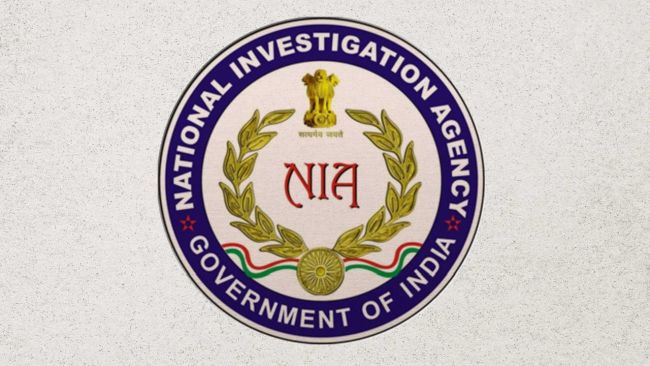Srinagar: Mars will now be closer to Earth for the next 15 years. So, in clear weather conditions, one can watch the sky at midnight and be able to see the red planet, ‘India Today’ reported on Thursday.
According to the National Aeronautics and Space Administration (Nasa), this is the time when Mars’ orbit lies “at about 38.6 million miles (62.07 million kilometers) from our planet”.
“Mars was visible for much of the night in the southern sky and at its highest point at about midnight,” a Nasa wing said.
Mars will still be visible through October, but will become fainter as Mars and Earth travel farther away from each other in their orbits around the Sun.
“October is a great time for viewing Mars, as the planet is visible all night right now, and reaches its highest point in the sky around midnight. This period of excellent visibility coincides with the event known as opposition, which occurs about every two years, when Mars is directly on the opposite side of Earth from the Sun,” Nasa wrote in a skywatching guide.
“This is also around the time when Mars and Earth come closest together in their orbits, meaning the Red Planet is at its brightest in the sky, so don’t miss it,” it further said.
One can watch Mars from Earth using a binoculars and even a cell phone with quality camera on it.
The last time Mars was close to Earth was in 2018, but in 2003, the planets made a historic approach.
On August 27, 2003 at 9:51 Universal Time (the time in Greenwich, England, Mars came closer to Earth, at about 55,758,006 km (34,646,418 miles) from center to center. That was the nearest the two planets have been in almost 60,000 years, Nasa said.
Mars Close Approach is when the red planet and Earth come nearest to each other in their orbits around the sun. “The minimum distance from Earth to Mars is about 33.9 million miles (54.6 million kilometers). However, that doesn’t happen very often,” Nasa said.
The next Mars Close Approach is slated in December 2022, when the red planet will be only 38.6 million miles (62.07 million kilometers) from Earth, Nasa said.








